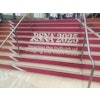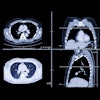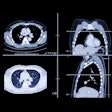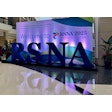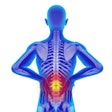
Some say machine learning is the next big frontier in medicine -- and sooner or later, it will likely be coming to a breast imaging center near you.
At this year's RSNA 2016 meeting, attendees will hear how machine learning could be incorporated into the subspecialty, perhaps by improving clinicians' ability to assess a woman's breast cancer risk or even by reducing unnecessary biopsies. This research, along with a number of studies that will explore multimodality approaches to breast cancer screening and patient management, will make for a dynamic, thought-provoking RSNA for women's imaging.
You'll also continue to hear plenty about digital breast tomosynthesis (DBT), which has become increasingly accepted for both screening and diagnostic use. Look for studies that explore the technology's performance in identifying architectural distortions, how it could be changing radiologists' use of the BI-RADS 3 lesion category, and whether it is making other modalities, such as breast MRI, less necessary.
What about ultrasound? Presenters will explore topics ranging from the use of subharmonic ultrasound to help predict breast cancer chemotherapy response and whether including the axilla is necessary in breast ultrasound, to replacing breast MRI with ultrasound tomography and whether whole-breast ultrasound is necessary in women undergoing digital breast tomosynthesis.
Finally, you won't want to miss the "hot topic" and "controversy" sessions RSNA is hosting: one focusing on issues of breast density, one on personalized screening, and another on the continuing confusion over mammography screening. And if you need a refresher in the basics, there will be plenty of courses to choose from, covering topics such as DBT, interventional procedures, MRI, and ultrasound.
For highlights of just some of the many women's imaging research papers and posters scheduled for presentation at this year's meeting, read on. To view RSNA's complete listing of abstracts for the 2016 scientific and educational program, click here.

